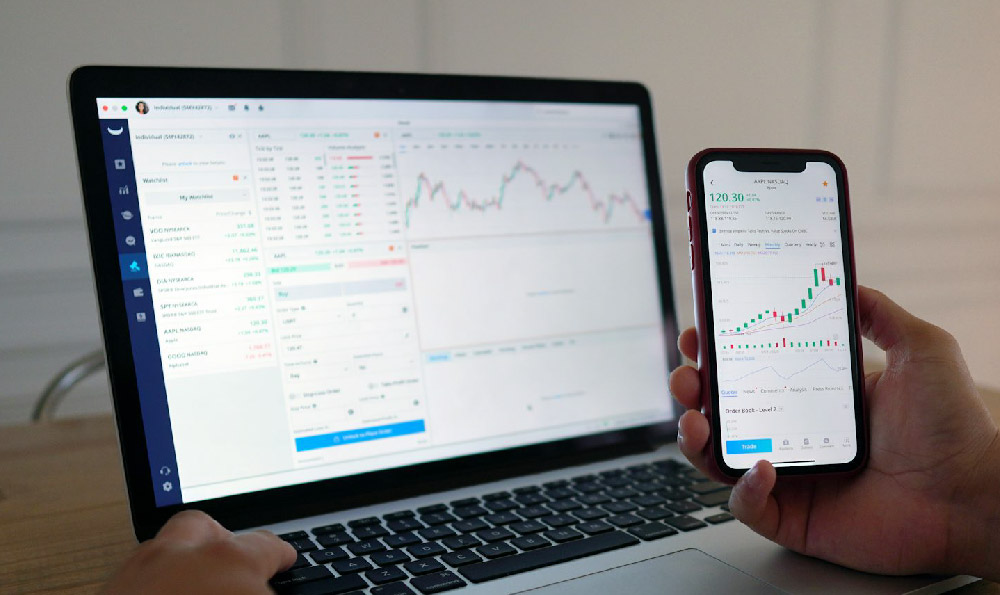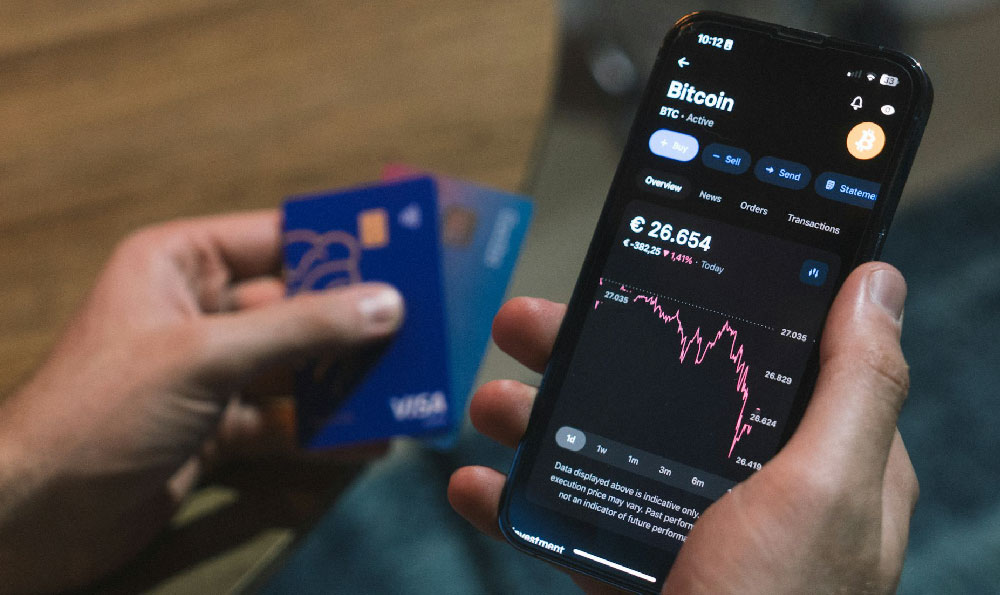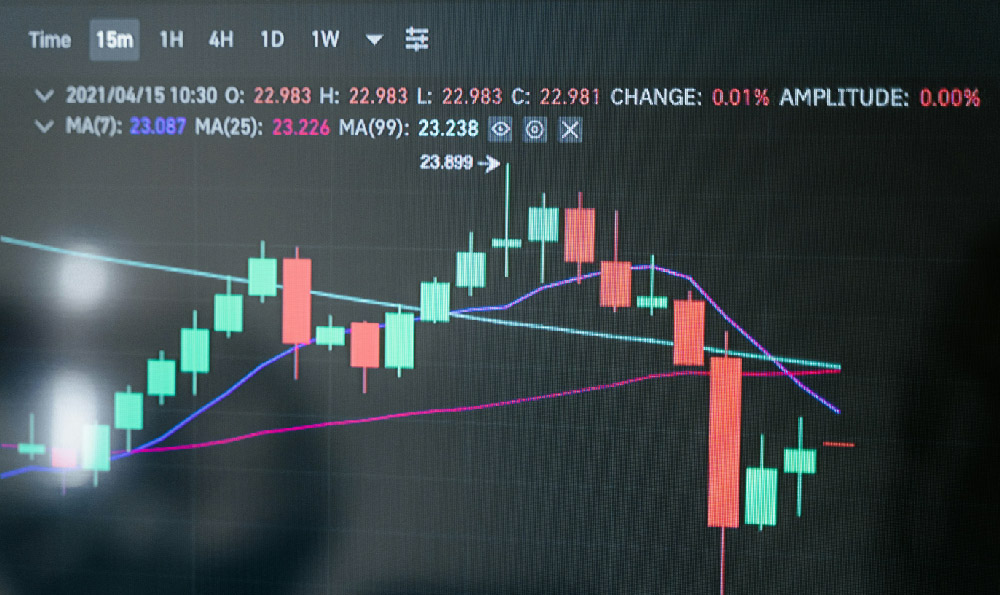
Robinhood, the name synonymous with commission-free trading and democratizing access to the financial markets, has undeniably disrupted the brokerage industry. But a legitimate question that often arises is: How does Robinhood, offering seemingly "free" services, actually generate revenue? And crucially, is this business model sustainable in the long run? The answer lies in a multi-faceted approach, relying on a few key revenue streams, each with its own set of pros, cons, and inherent risks.
Payment for Order Flow (PFOF) is the cornerstone of Robinhood’s income. This involves routing customer orders to market makers, high-frequency trading firms like Citadel Securities or Virtu Financial. These firms execute the trades and, in return for the order flow, offer Robinhood a small payment, typically a fraction of a penny per share. The justification for this practice is that market makers, due to their scale and sophisticated technology, can often offer better execution prices (price improvement) than what an individual investor could obtain on their own. They profit from the bid-ask spread and the volume of trades they execute. While the amount received per order might seem insignificant, the sheer volume of trades executed through Robinhood, particularly during periods of high market volatility or the surge in popularity of meme stocks, allows PFOF to generate substantial revenue.
The controversy surrounding PFOF lies in the potential conflict of interest. The incentive for Robinhood is to route orders to the market maker offering the highest payment, which may not always be the one offering the best execution price for the customer. Critics argue that this practice prioritizes Robinhood's profits over the customer's best interests. While Robinhood maintains that it prioritizes best execution and regularly reviews its routing practices, the debate about the transparency and fairness of PFOF continues. Regulatory bodies, like the SEC, are scrutinizing this practice, and potential changes to PFOF regulations could significantly impact Robinhood’s revenue model. The reliance on PFOF makes Robinhood vulnerable to regulatory changes and shifts in market structure.

Beyond PFOF, Robinhood generates revenue through other avenues. Interest earned on customer cash balances is another significant income stream. Robinhood holds customer cash balances that are not actively being used for trading. These funds are held in bank accounts and other low-risk interest-bearing assets. The difference between the interest earned on these balances and the interest paid to customers (if any, as Robinhood often offers a higher-yield cash management account) constitutes a profit for Robinhood. As interest rates rise, this revenue stream becomes more lucrative. However, this revenue stream is highly sensitive to interest rate fluctuations. When interest rates are low, this source of income diminishes. Furthermore, competition from other brokerages offering even higher interest rates on cash balances could put pressure on Robinhood's profit margins.
Robinhood Gold, a premium subscription service, offers users access to additional features, such as larger instant deposits, margin trading, and access to research reports. This subscription service provides a recurring revenue stream and caters to more active and sophisticated traders. The success of Robinhood Gold hinges on its ability to provide valuable features that justify the subscription fee. If the benefits offered are not compelling enough, users may choose to downgrade or cancel their subscriptions, impacting this revenue stream.
Stock Loan Income also contributes to Robinhood's financial standing. Robinhood lends out shares held by its customers to other financial institutions, typically for short-selling purposes. Robinhood receives a fee for lending these shares, which is then shared with the customer (if the customer has opted into the stock lending program). This revenue stream is dependent on the demand for short-selling, which can fluctuate based on market conditions and specific stock volatility. While it contributes to revenue, it’s generally a smaller portion compared to PFOF and interest income.
Finally, Robinhood also generates revenue from debit card interchange fees, though this is likely a smaller component of overall revenue.
The sustainability of Robinhood's business model is a complex question. Its reliance on PFOF presents the most significant risk. Potential regulatory changes or outright bans on PFOF could dramatically reduce its revenue. To mitigate this risk, Robinhood is actively exploring other revenue streams, such as expanding its subscription services, offering new investment products (like retirement accounts), and potentially diversifying into other financial services. The company is also investing heavily in technology and customer service to improve user experience and attract and retain customers.
However, Robinhood also faces challenges related to competition. The brokerage industry is becoming increasingly competitive, with established players like Charles Schwab and Fidelity offering commission-free trading and aggressively pursuing market share. Furthermore, new entrants are constantly emerging, offering innovative features and targeting specific niches of the market. To stay ahead of the competition, Robinhood needs to continue innovating and differentiating itself through superior technology, user experience, and product offerings.
Ultimately, the long-term sustainability of Robinhood's business model depends on its ability to adapt to changing regulatory landscapes, diversify its revenue streams, and maintain a competitive edge in the evolving brokerage industry. While the commission-free trading model has been revolutionary, Robinhood needs to demonstrate its ability to thrive in a world where the "free" model faces increasing scrutiny and competition. The future of Robinhood hinges on its ability to innovate, adapt, and maintain the trust of its users while navigating the complex and ever-changing financial landscape.





